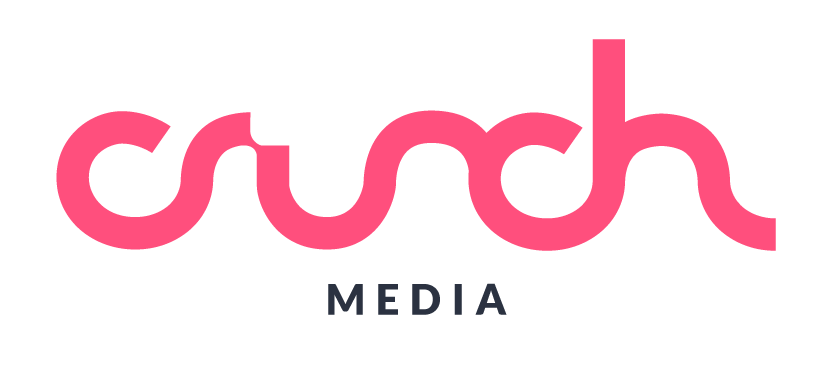Available ad formats.
An unsettling difference.
It’s hard to imagine the real-time, disappearing picture app from 2011 would turn out to be the global player in multi-media we know and use today.
And did you know that Facebook’s CEO Mark Zuckerberg tried to buy Snapchat back in 2013 for $3billion? This tells us something significant.
It tells us that Snapchat isn’t just the silly, playful app the younger generation use to swap and share impulsive moments of their lives. In fact, Snapchat has over 190 million highly engaged daily users; the majority of which are consuming every post they see. These statistics are hugely favourable to advertisers.
Despite these statistics, Digiday announced in March 2019 “Ad buyers in the U.K. remain unconvinced by the ephemeral mobile messaging app’s ability to yield a significantly better return on spend for advertisers than Facebook and Instagram.”
Snapchat, however, continues to grow its user base, especially within the younger generation. 90% of Snapchat’s users are aged 13-34, spending around 30 minutes per day on the platform. Research shows that they have time to dedicate themselves between 5-7 apps per day, and Snapchat is climbing up the poll.
What does this mean for advertisers?
Well, it means that agencies, businesses, colleges and universities are producing fun, creative and engaging content on Snapchat to stand out against their competitors. And like Facebook, the ads are not limited to one format.
Available ad formats:
Here are the six available ad formats available on Snapchat:
- Snap Ads: These ads are sandwiched in-between stories. They can drive Snapchatters through to websites, apps, videos, AR Lens (we’ll come to this a little later), or app store page in one swipe.
- Collection Ads: These ads are similar to Snap Ads, as they appear wedged between stories, but they showcase a series of products to give Snapchatters a tappable, frictionless way to shop and buy.
- Story Ads: These ads initially display as a sponsored ‘Discover’ tile that lives alongside popular content tailored to their preferences. The type of content includes viral topics, trending stories, and event coverage by brands (like the NFL or Adidas). This means while they are browsing the discover section for content, they have the option to click and discover more if an ad appeals to them. These features cost upwards of $50,000 each and reach most of the app’s users.
- AR Lenses: These augmented reality experiences create playful, interactive moments for around 70 million daily users. The AR Lenses can transform people’s faces and surroundings. They appear when you hold your finger on the screen and different lens options will pop up. These are the most expensive types of ads on Snapchat, costing at least £500,000 per day. They are so expensive because they cover massive areas and receive a huge number of impressions. They are generally used for upcoming movie releases, government elections and other high-budget projects.
- Filters: These filters are a hugely popular choice on Snapchat with major worldwide companies using them to encourage interaction with their brands. These filters are creative overlays for photo and video messages. Local geo-filters can be used to advertise certain events and popular locations. For example, a personalised filter could be created for a wedding. The cost depends on the geographical size you want the ad to appear in. They are usually cheap and easy to run. Snapcodes (QR Codes for Snapchat) can also be used to access special filters. These are relatively new and the average prices are unclear as yet.
- Commercials: These are six second, non-skippable videos within the high-quality premium content section.
Now that you are aware of the types of ads you can use on Snapchat, what are the actual benefit of using these ads?
The benefits.
- You could gain a customer for life.
Most Snapchat users are under the age of 34, so gaining loyalty from someone in this age group could lead to a long-term rapport with them.
- You could increase brand awareness
If your brand is engaging and appeals to teenagers, they would willingly share your content. This would increase your organic reach- potentially leading to greater sales and brand awareness.
- You could save money
More people spend more time on technological devices than paying attention to traditional advertising like newspapers or magazines.
- You could get in front of the right people
Technological advances mean that you can now target your ads to the right people which is a win-win for both sides. The user is getting relevant content and the advertiser is in front of the right people.
- You could reach a massive audience
Snapchat has 178 million daily users – globally, which is a huge potential audience for advertisers.
- You could always be visible
Advertisement is available 24/7, they won’t disappear, which means they can be accessed at any time and potentially reach more people.
- You could reach your business goals through retargeting and lookalike audiences
With Snapchat, organisations can reach their target audience based on their interests, and behaviours, demographics and location. They can also be retargeted, and a lookalike audience can be found using this combined data.
The takeaway.
Whether Snapchat is the right option for you is almost entirely dependent on your audience. We’ve explored in this post that most Snapchat users are younger and highly engaged. By defining your own audience, you can then compare how the statistics stack up against other media choices like Facebook and Instagram.
Speak to us.
At Crunch, every proposal is delivered to you stacked with recommendations, research and predictions based on historical data. If you think Snapchat might be a viable solution to engage with your audience, but you’re not quite sure, get in touch and we’ll answer those question for you, email sayhello@crunchdigitalmedia.com
